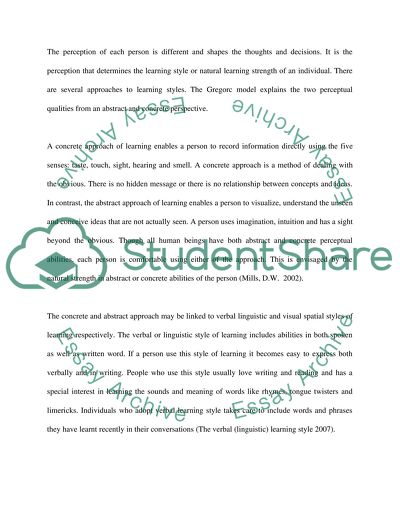Cite this document
(“Preferred Learning Style for University Students Essay”, n.d.)
Preferred Learning Style for University Students Essay. Retrieved from https://studentshare.org/education/1500206-preferred-learning-style-for-university-students
Preferred Learning Style for University Students Essay. Retrieved from https://studentshare.org/education/1500206-preferred-learning-style-for-university-students
(Preferred Learning Style for University Students Essay)
Preferred Learning Style for University Students Essay. https://studentshare.org/education/1500206-preferred-learning-style-for-university-students.
Preferred Learning Style for University Students Essay. https://studentshare.org/education/1500206-preferred-learning-style-for-university-students.
“Preferred Learning Style for University Students Essay”, n.d. https://studentshare.org/education/1500206-preferred-learning-style-for-university-students.


